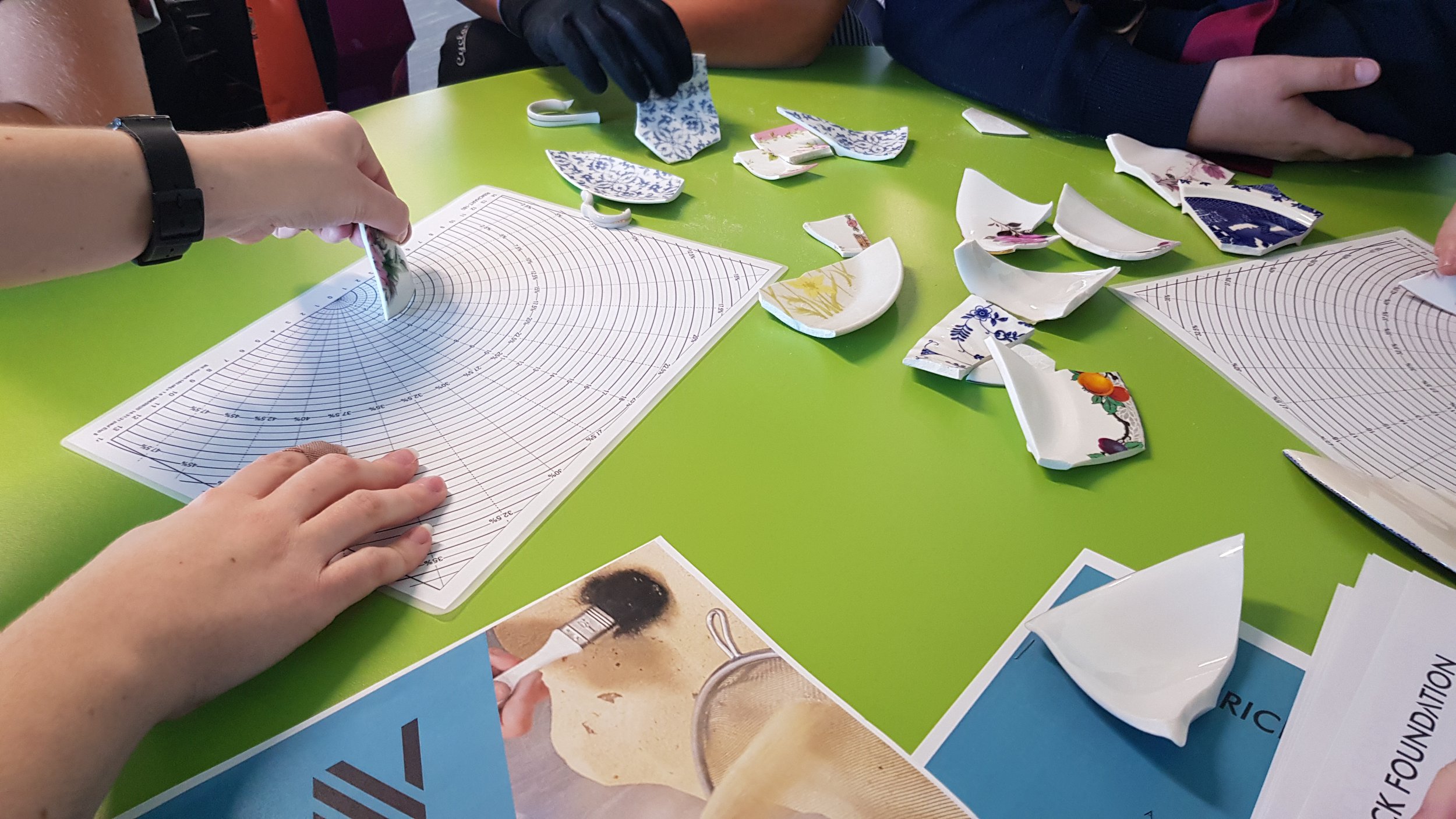
RESEARCH
Our research projects are community driven, to address questions of interest to the Aboriginal groups we work with
OSL
There are a number of ways to date archaeological material, but OSL (Optically Stimulated Luminescence) is extremely useful because it allows for the dating of sedimentation when organic materials are not present at a site.
GPR
While the general public often think of archaeology as physical excavation and digging up artefacts, archaeologists at Everick also use a variety of non-invasive survey methods and technologies to streamline the archaeological process & GPR is an excellent example of this.
Community-Led Research
While the general public often think of archaeology as physical excavation and digging up artefacts, archaeologists at Everick also use a variety of non-invasive survey methods and technologies to streamline the archaeological process & GPR is an excellent example of this.
Active research projects include:
OSL and radiocarbon dating
Sourcing study of basalt stone axes using geochemistry
Correlating megafauna and human occupation
Locating and documenting art sites using aerial surveys
Digital recording and photogrammetry of art sites
DNA analysis of human remains
Locating lost grave sites with ground penetrating radar
Technical studies of stone tool assemblages
Fresh water shell midden excavation
Locating subsurface shell middens with sediment coring and geoarchaeology
This research is conducted in collaboration with:
University of Queensland
Queensland Museum
Griffith University
University of Wollongong
Australian National University
Victoria University of Wellington, NZ
University of Southern Methodist University, Texas USA
University of Reno, Nevada USA
Everick Foundation are grateful to recent community grants from Seqwater and NAB which support and fund these research projects.
Learn more, explore our education offerings
-
Archaeology Field School

-
Stone Tool Workshops

-
Professional Development

-
School Incursions

-
TARDIS
